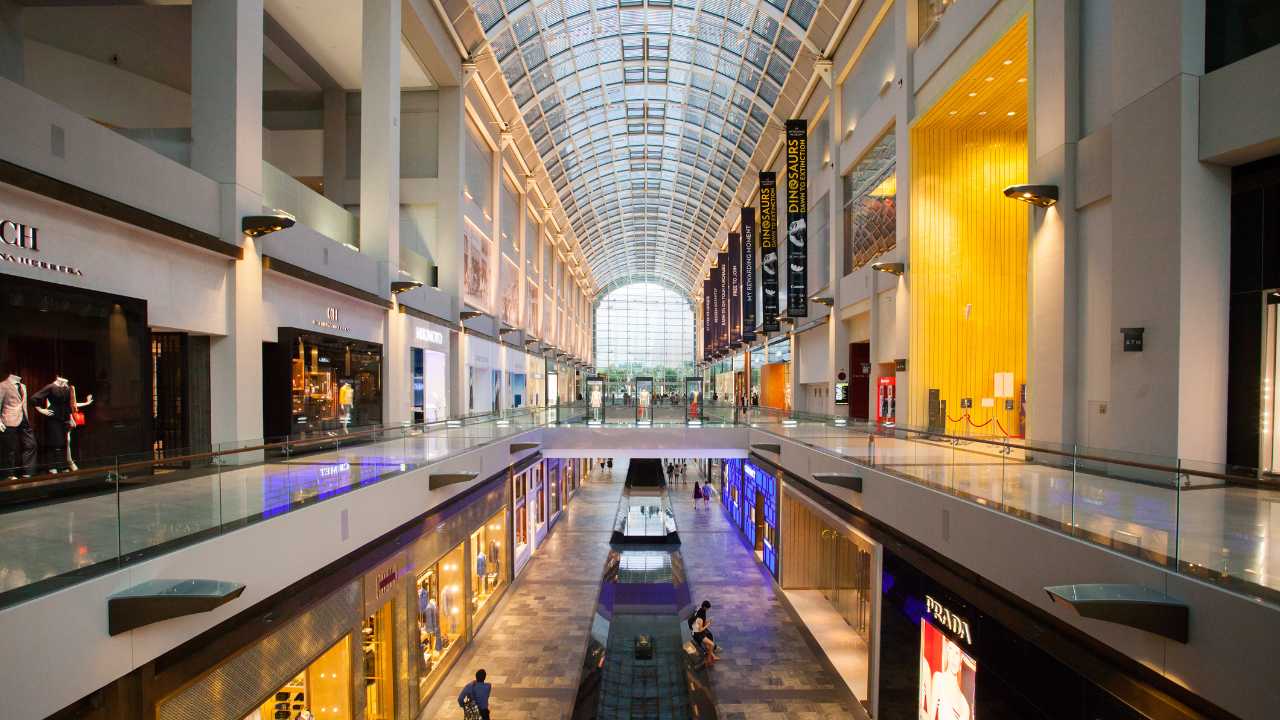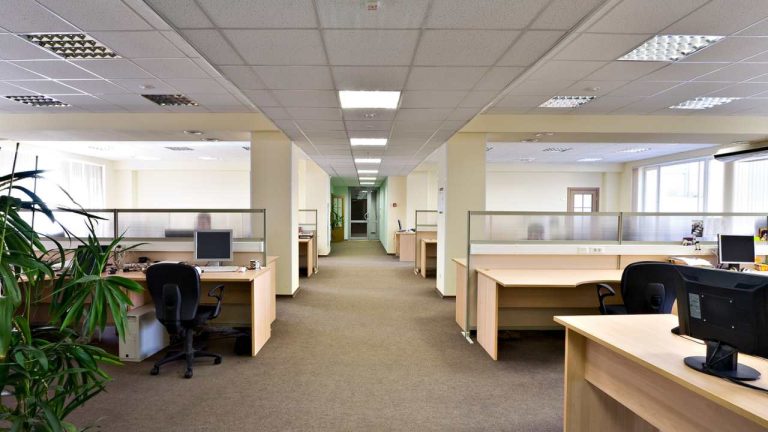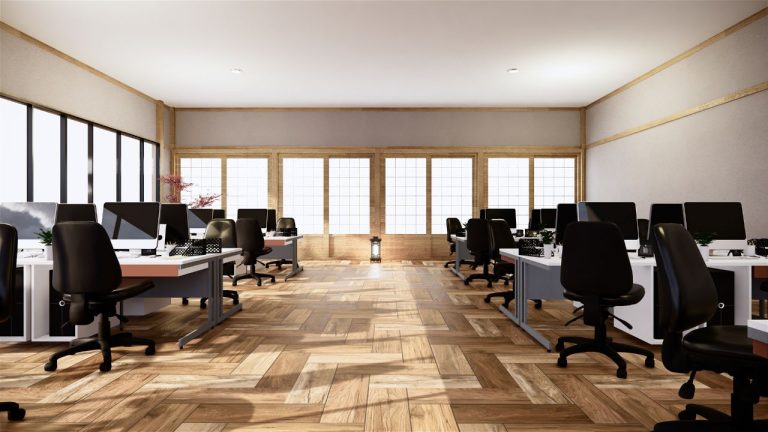Fine-Tuning Retail Success: A Deep Dive into Shopping Centre Management
The success of a shopping centre is largely determined by its customer base, tenants, and the landlord’s ability to support, enhance, and grow customer interest in the property. Some landlords don’t do it well, if at all.
Inexperienced retail landlords typically collect the rent and do little else to maintain and market the property. A retail property like that would see a decrease in customer visits and trade over time. As a result, the tenants will struggle with sales and, eventually, occupancy.
Maintenance and Appearance
It is important to remember that the typical retail property or shopping centre requires extensive maintenance due to the number of people who visit the property each day and the number of tenants in occupancy.
A high-quality retail property is upgraded and refurbished every eight to ten years. As a result, the property will remain appealing to customers and functional for tenants.
Tired Retail Properties
Have you ever seen a shopping centre that appears tired and has a lot of empty spaces? If the property is well-located, the decline in customer interest and sales is usually the result of the landlord’s failure to devote strategies and momentum to property maintenance and tenant mix.
Sometimes, the landlords of retail properties need some conditioning to understand the importance of shopping centre strategies and actions. The centre manager is a good person to explain and facilitate that.
So, there are three major stakeholders in a successful shopping centre equation. The relationships between the stakeholders play a role in the property’s performance as an investment in various ways.
Experienced landlords know this fact and will frequently collaborate with tenants to attract more customers to the property.

Factors of Tenant Attraction
Let’s take a look at the tenant side of the equation. Customers will be drawn in on a regular and ongoing basis by good tenants.
Let us establish some guidelines that will help to support the tenant mix in the property in the long run. The strategy is to attract high-quality tenants, retain your best tenants, and reduce vacancies. Here are some more suggestions.
1: Desirable Tenant Mix
Shape and improve the tenancy mix. You can do this by understanding your location’s target market of customers. This includes their shopping habits, shopping needs, and shopping frequency.
Regarding retail sales and customer attraction, certain days of the week will be busier than others. That is where a property marketing plan will be useful and relevant. The retail marketing plan can be included in the retail property’s business plan.
2: Diversity in Retail Offerings
Diversify retail offerings to achieve a balanced tenancy mix throughout the property and in prominent areas such as the food court, the fashion zone, and the common areas.
Pay special attention to the doorways and entranceways throughout the property. Get some door counters to track foot traffic at the entranceways so you can see shopping and customer interest patterns. Over time, you can track customer shopping patterns via the door counters.

3: Best Locations get the Best Tenants
Determine the best locations within the property for the best tenants to maximise customer interest and sales.
Corners, doorways, and entranceways are prime locations where your best tenants should be positioned as lease occupancy changes allow. These prime retail locations also have the highest rental rates per square metre or square foot.
4: Flexible Lease Terms and Conditions
Flexible lease terms and conditions for the better tenants in the tenancy mix should be encouraged. Ideally, you want to keep the better tenants for the long haul.
This will entail some lease terms and conditions that are flexible and geared towards the tenant’s success over the lease term. Anchor tenants are a good example of positioning your anchor tenants and building the tenancy mix around them.
5: Lease Incentive Programs
Developing or considering incentive programmes to encourage ongoing lease renewal and tenancy occupancy for some tenants is worthwhile. These incentive programmes can be used in negotiations with the mix’s higher-quality tenants.
Consider relocating tenants to better locations when circumstances allow. Also, consider reducing or expanding the occupancy area for higher-quality tenants where necessary or possible.
Create a SWOT analysis of the tenancy mix as part of the retail property’s business plan and update that SWOT analysis every six months to account for sales, customer interest, and the state of the economy.

6. Cross-promotions
Examine the cross-promotional activities that can be set up between tenants in the tenancy mix. Regarding retail sales and customer interest, merchandise groups can be complementary.
You can cluster or group tenants into promotional activities at various times of the year here. Ladies’ and men’s fashion could be a good example of a unique promotional campaign running within the property.
Seasonal sales and local community celebrations are also reasons to develop a special marketing campaign across the tenancy mix.
7: Satisfy Customer Needs and Interests
Keep up with changing customer interests and trends in your location.
The local economy and customer demographic will impact changing customer interests and shopping trends over time. That is why you must keep up with changes in shopping habits and customer interest.
8: Get the Community Involved
Given the retail property’s location, encourage local community groups and associations to participate in common area displays and activities.
If your property has a reasonable common-area mall or entranceway, consider leasing some of that entranceway or common-area location to community service groups and displays.

Conclusion
These factors can aid in tenant attraction, leading to increased tenant sales and reduced vacancy rates in a shopping centre.
A successful shopping centre results from ongoing strategic action taken by the landlord and/or the centre manager tailored to the customers’ needs.
Use these ideas to build a tenant retention programme in your retail shopping centre. That is a valuable process for shopping centre managers.







